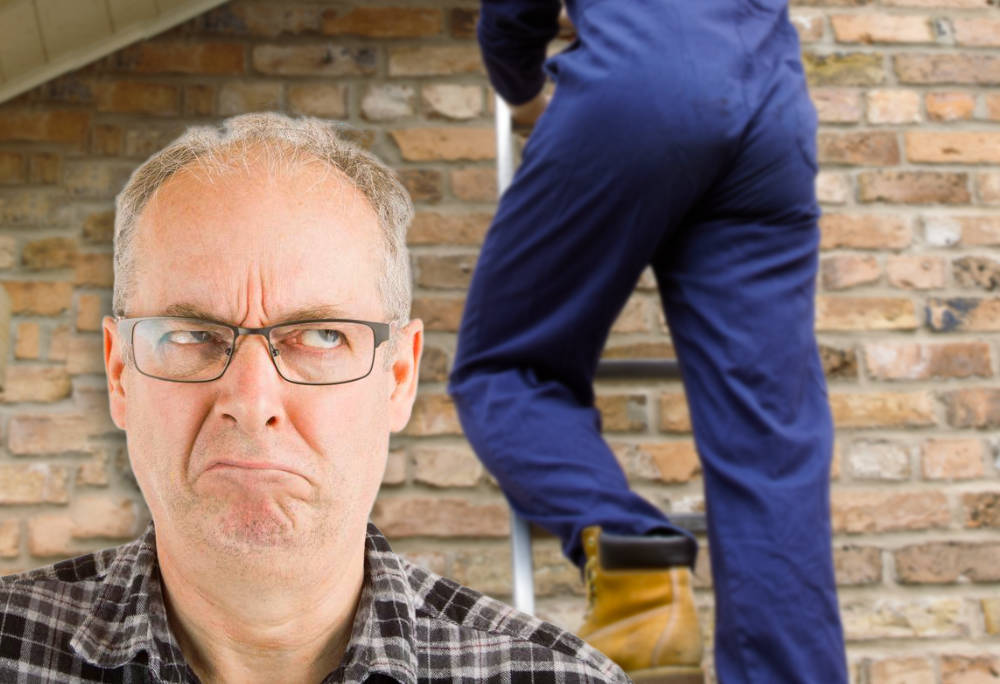What can go wrong with a metal roof?
July 27, 2023 | Filed under: Buying a New Roof,Consumer Education,Newsletter Articles

Like any product, a metal roof has potential drawbacks:
- Metal roofing requires a qualified installer, a committed contractor, and careful installation. Not all contractors want to learn to install them properly.
- Not all homes are suitable for metal roofing.
- Inferior metal and metal panel designs plague the marketplace.
We’ve been manufacturing quality metal roofing systems since 1980. We’ve encountered projects with all sorts of existing problems and helped thousands of customers avoid roofing mistakes. Here, we’ll share some ways a metal roofing project can go wrong.
10 Ways a Metal Roof Can Go Wrong
1.
Improper installation or not meeting pitch requirements
First, an improper installation is the weak spot of many failed metal roofs. Metal roofing systems require extensive knowledge of trims, details, and integrating other roofing materials. Manufacturers commonly offer training, but contractors are open to mistakes and imperfections without it.2.
Lack of consideration for ventilation and attic condition
A good contractor should examine your attic and ventilation early on. It’s important to know that roofing materials interact differently with your home and attic, potentially leading to condensation and leaks. Proper ventilation will enhance your roof system’s energy efficiency and ice dam resistance.3.
Unexpected or rapid color change or fading
Metal roofs are coated with one of several finishes, some lasting much longer than others. Polyester coatings are more affordable but fail quicker than Kynar® coatings do—the lower quality of the coating, the shorter the aesthetic and functional life.4.
Manufacturing defects
Manufacturing defects range from scratches to flawed finishes. Jagged edges, streaky paint, and even wavy metal are all possible. Some manufacturers perform rigorous quality control on their raw materials and fabricated panels, while others do not.5.
Organic growth buildup from nearby plants
While metal won’t foster mold growth as quickly as asphalt, long-term buildup of plant material without rain to wash it off can cause streaking or even damage the coating. Periodic cleaning based on your local weather conditions may require special detergents.6.
Loss of granules from stone-coated steel
Stone-coated steel panels are subject to the same flaw as many composition shingles, the loss of granules over time. Like asphalt, your gutters will eventually catch hundreds of these little bits. While stone-coated steel may be your desired look, it is important to consider the long-term performance of any roof system.7.
Minimal energy savings from a solar reflective coating
Metal roofing manufacturers often boast about energy-efficient reflective coatings on their products. Saving money passively from your new roof sounds great, but the final savings might be mediocre depending on the coating, location, and previous roof. Metal roofs over properly vented attics with integrated thermal breaks offer increased energy savings.8.
Exposed screws rusting, popping out, or loosening
Screws fastened right through the panels might represent a metal roof to you, but they introduce thousands of potential failure points. As temperatures change, metal flexes, putting pressure on the fasteners. The rubber seals will crack and fail over time, and sometimes screws even loosen and back out, requiring tightening or replacement.9.
Dead valleys or improper valley integration
Valleys can be a source of trouble for any roof system, especially ‘dead’ valleys where shedding rainwater is difficult. Experienced contractors can handle the challenge, but not everyone has the training and know-how. The lining for dead valleys should be the same metal as the rest of the roof rather than an inferior material. Likewise, transitions from metal roofs to flat roofs need extra care.10.
Rust, especially on cut edges and with inferior coatings
Rust is an obvious weak point. While aluminum, copper, and zinc metal roofing largely avoid it altogether, steel can be prone to rust damage from deep scratches, jagged cuts, or tight bends. For some climates, even steel roofing of excellent quality isn’t right.
These pitfalls can cost you money, time, and the headache of repairs and warranty claims. How do you avoid these problems and choose a metal roofing solution right for your home and budget?
A Quick Tool to Help You Choose
Our Roofing Needs Profiler asks you questions about your home and situation, then calculates a recommendation for the type of roofing product best suited for your application. It’s a great place to start, it’s free without obligation, and it takes about 10 minutes to complete.
How a Metal Roof Can Go Right
Our team focuses on providing reliable education and trusted information to guide you to the right decision for you and your home. There’s no “one size fits all” answer. The best answer is based on your unique needs.
Choose to work with the industry leader: Classic Metal Roofing Systems. When you talk with our friendly and knowledgeable staff of metal roofing experts, you get the help you need to ensure you choose the right roofing product for your home.
In addition to avoiding what can go wrong with a metal roof, you’ll enjoy peace of mind with investment protection, durability, and a lifetime warranty.
So don’t wait. Contact us today and tell us about your roof. We’re here to help and look forward to your bright roofing future!
